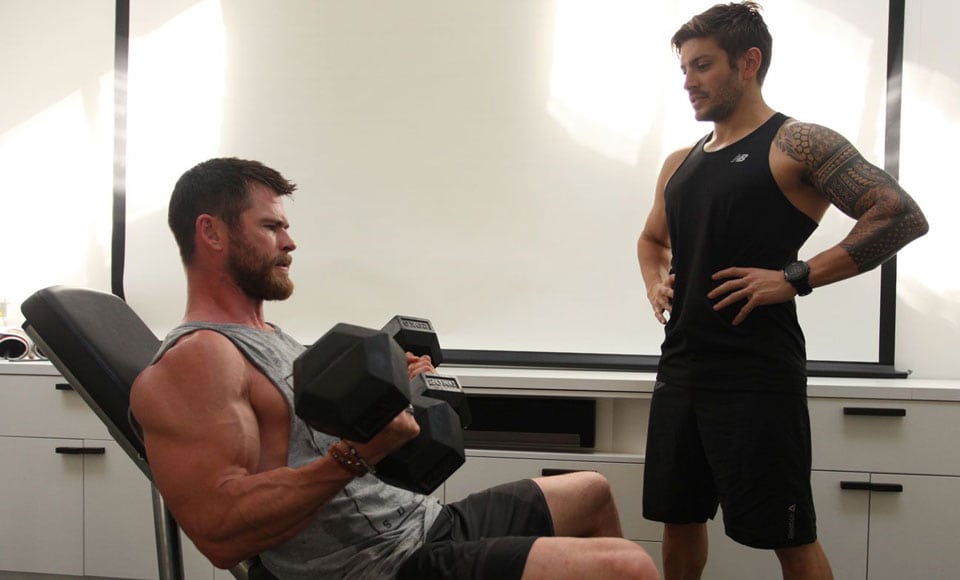Forget about the debate between weights or cardio. There are benefits to mixing up your training with all forms of high intensity interval training, cardio and weights when it comes to your weekly workout.
The principle behind this is simple: it’s a good way to keep your body guessing and to utilise all three of the different energy systems in your body, that being ATP-PC, aerobic and anaerobic energy systems.
Today we’re going to run you through each one of them so that you can maximise the benefits of every gym session without wasting your time and energy.
HIIT Me Up

High Intensity Interval Training is a great way to get maximum benefit out of your average workout, especially if you are time poor.
It boosts your metabolism, burns tonnes of calories and helps to build endurance. Due to the work vs. resting periods, HIIT training is also great for teaching your body how to efficiently use it’s energy systems and you don’t necessarily need to use equipment. HIIT is also great for burning fat, but not necessarily muscle if you are refuelling correctly post workout.
How often you should be doing HIIT will vary from person to person, but if you are someone who is highly stressed and does not sleep as much as you should, I wouldn’t do it every day as it can spike your cortisol levels and cause too much stress on the body. If you don’t struggle with the above, then it should be good for you. It is a good workout to do around 3 time per week for the general person, be careful to use correct form with all of your exercises as when you are moving fast with poor form injuries can happen.
Cardio Fiend

A cardio workout is essentially when you get your heart rate up for a period of time. Steady State Cardio is when you train for a little longer at a lower heart rate, for example going for a light jog for an hour.
If someone is overweight, not used to training and significantly wanted to reduce their body fat %, then I would suggest that they should start by doing more cardio with only 1-2 heavy resistance sessions per week.
Although resistance training also burns fat, certain types of cardio may be more suitable in the beginning phases of training as it helps that person get used to building up a sweat, getting their heart rate up, getting comfortable with exercise and it generally does not require as much skill as weight training does so it is good for a beginner or someone who has not been into a gym in a while.
Examples of a cardio workout may include running, swimming, cycling, circuit training if you are doing higher intensity exercises.
Weight & Resistance Training

Resistance training is important for everyone because not only is it good for both toning and fat loss, but it is also important for bone health, especially as we start to get older.
If someone was lean and wanted to tone up, then I would suggest that they minimise the cardio and do more resistance training. In fact I would suggest some form of weight/ resistance training 3-4 days per week, but never more than 2 consecutive days in a row as you need to give your body a chance to recover. The reason I suggest this is because the majority of proven workouts base their training on this ratio.
Studies suggest that resistance training can help you burn fat for up to 38 hours post workout.
The Warm Down

So there you have it. A quick, simple and effective look at how to use each kind of training and more importantly, how and when to use it. Go forth and put your back into it – but not before reading about the four worst exercises for your back.
Ben Lucas, a former professional NRL player, is the owner and co-founder of Flow Athletic, a yoga and fitness studio based in Paddington, NSW, Australia.
